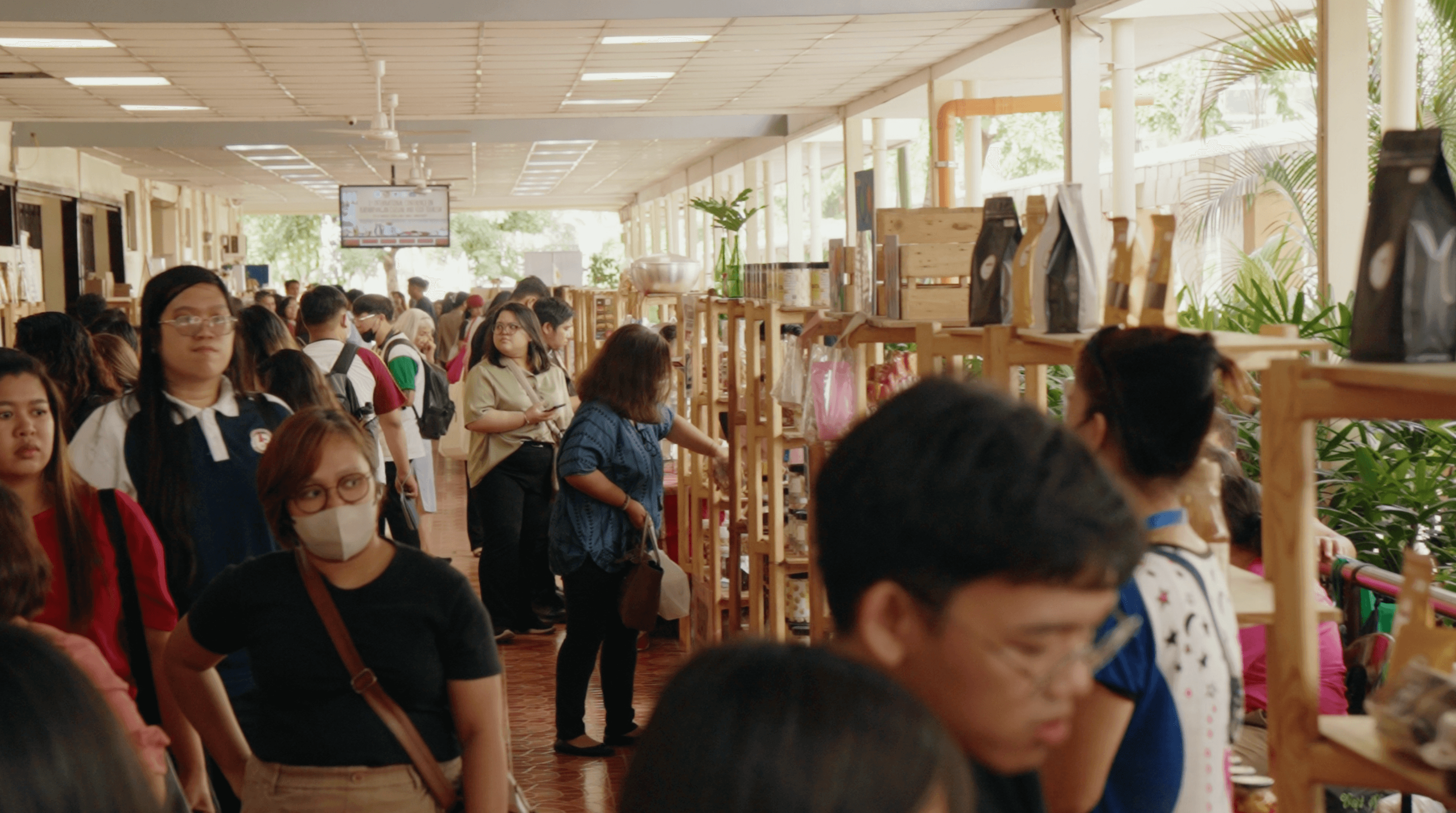SUMMARY
This is AI generated summarization, which may have errors. For context, always refer to the full article.

ANGELES CITY, Philippines – From simple home-cooked meals to the specialties of local eateries and restaurants, Pampanga has through the years established itself as both the culinary capital and the culinary heartland of the Philippines.
The Center for Kapampangan Studies (CKS) spearheaded the First International Conference on Kapampangan Cuisine and Food Tourism on March 21 and 22 at Holy Angel University.
CKS director Robert Tantingco said the conference was a modest celebration of the goodness and originality of the Kapampangan cuisine. Pampanga is home to a myriad of delicious and iconic Filipino food, from adobo, sisig, bulanglang, and kalderetang kambing to exotic foods like betute and kamaru.

Tantingco noted that the titles “Culinary Capital of the Philippines” and “Culinary Heartland of the Philippines” did not come from the Kapampangans.
“These titles were from popular acclaim and an article by the global media company, Conde Nast, when it wrote about Pampanga,” Tantingco said.
“For the longest time, we have called our cuisine the best and we have considered ourselves as the best cooks, but we should go beyond that already. We need to study its past, present, and future so that we can unlock lessons to be learned from it and maybe learn more about ourselves,” he added.

The conference featured 35 parallel sessions and 10 plenary sessions on Pampanga’s culinary history, culture, food, and traditions.
It brought together people from different walks of life to discuss how to improve the conditions that contribute to Pampanga’s food tourism and safeguard the heritage of the Kapampangan cuisine.
The chefs, researchers, and historians of the Kapampangan culinary industry also brought to the table new perspectives, new insights, and deeper conversations on the evolution of the cuisine

It goes all the way back to the 1600s, when Pampanga became the “food basket,” according to chef Claude Tayag. He said back then, the Spaniards depended on the food supply coming from Pampanga for the survival of their colony in Manila.
“The fertility of the land and the industry of the people, plus, they live in the waterways. There were barters and payment of taxes were in kind. That’s how it started,” Tayag shared.
“There was no official declaration by the government. But over the centuries, the access – with the water as transportation – and the exposure of the foreigners, even after the Spaniards left all, contributed to what is now our culinary heritage,” he added.
Tayag said over the years, Kapampangans learned to distinguish and appreciate different flavors, as evident in Pampanga’s fermented food such as burong isda, burong hipon, burong talangka, and burong mangga.
Philippine Culinary Heritage Movement founder, Kapampangan chef Jam Melchor, said Kapampangan cuisine has the potential to motivate other regional food cultures in the country as it stands as a beacon of culinary excellence, cultural conservation, and community involvement.
“The future of Kapampangan food is bright, driven by a balance of innovation, preservation initiatives, global influence, culinary tourism, and a commitment to sustainability and health,” Melchor said.
“Our cuisine will undoubtedly remain a cherished part of the Philippines’ landscape – as its culinary heartland.” – Rappler.com
Add a comment
How does this make you feel?




![[OPINION] Clark International Airport, one of world’s most beautiful airports, is badly underutilized](https://www.rappler.com/tachyon/2024/05/clark-airport-underutilized-may-28-2024.jpg?resize=257%2C257&crop=560px%2C0px%2C720px%2C720px)









There are no comments yet. Add your comment to start the conversation.